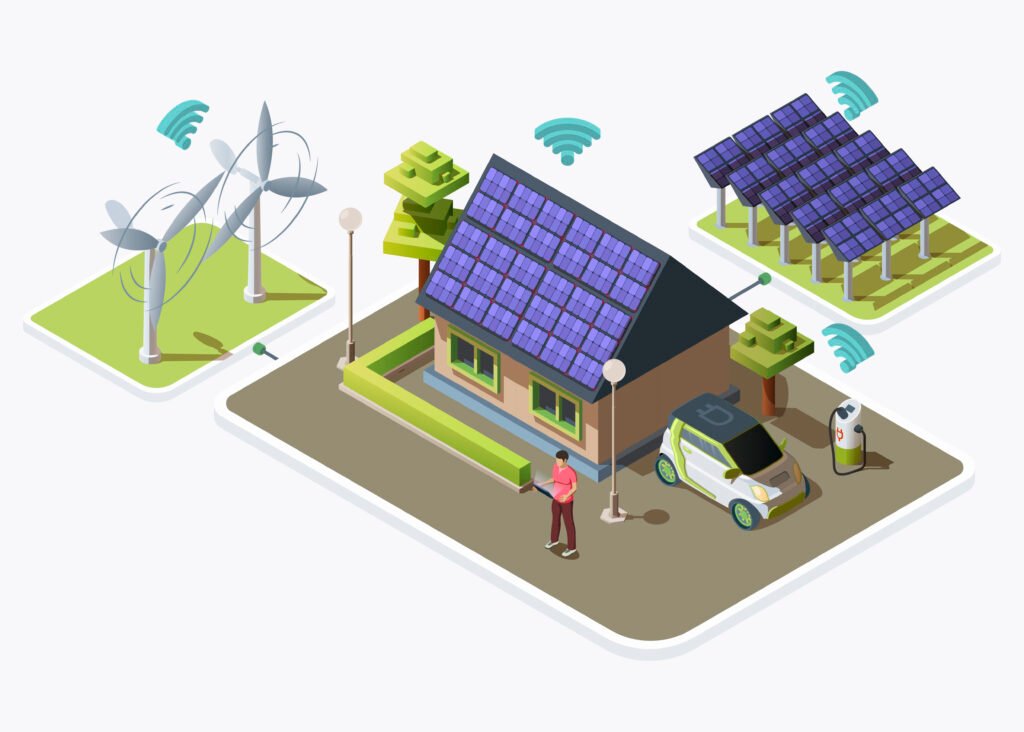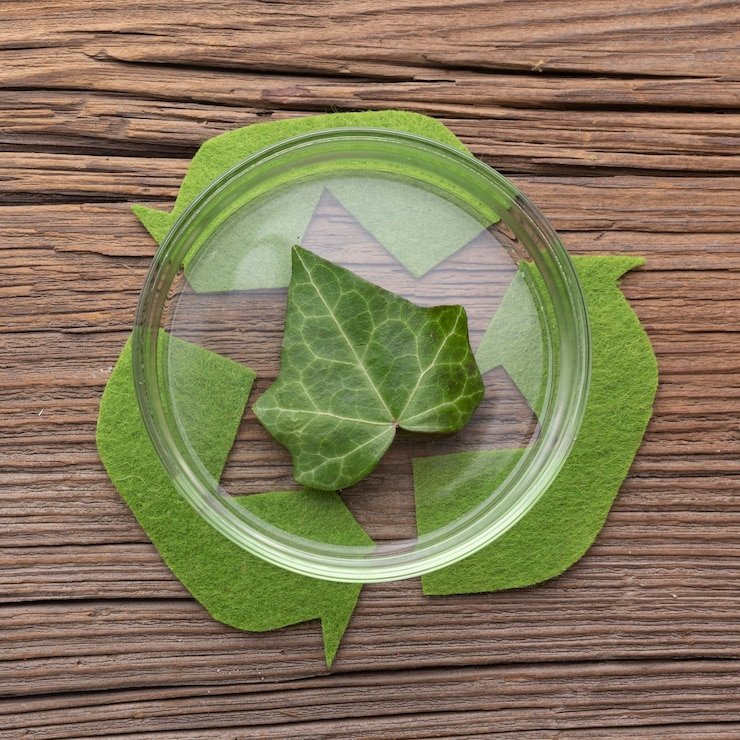Titanium is known for its remarkable properties — high strength-to-weight ratio, corrosion resistance, and biocompatibility — it is used in the aerospace industry, for example for landing gear components, for medical uses such as joint replacement, implants and titanium oxide (TiO₂) is used as a highly reflective white pigment.
Titanium metal is also listed as a Critical Raw Material (CRM) under the Critical Raw Materials Act (CRMA) of the European Commission (EU), and the U.S. list titanium as part of the “Critical Minerals” evolving under the Energy Act of 2020. Yet, despite its classification as a “premium and critical metal”, titanium remains one of the least circular of all structural metals. Globally, less than 30% of titanium used in alloy production comes from recycled sources. If we exclude downcycled titanium, such as ferrotitanium (a steel additive made from low-grade scrap), the real recycling rate for high-grade titanium is likely closer to 20–25%.
Why is Titanium Hard to Recycle?
• Titanium readily absorbs contaminants such as oxygen, nitrogen, and carbon at high temperatures. Even trace contamination can embrittle the metal, disqualifying recycled feedstock from being reused in high-performance applications such as aerospace or medical applications.
• Titanium is rarely used in pure form. It enters the economy in many alloy grades (e.g. Ti-6Al-4V, TiAl) to achieve specific properties — strength, heat resistance, or biocompatibility. The different alloys in the scrap are difficult and costly to separate. Scrap is often inconsistent in composition.
• Unlike aluminium or copper, titanium alloys cannot be economically sorted or remelted together without degrading performance. Mixing just a few per cent of one alloy into another can alter oxygen or interstitial content enough to disqualify the batch from high-spec aerospace use.
• Even when it is viable, titanium recycling requires vacuum arc remelting (VAR) or electron beam melting (EBM) to control impurities — processes that are energy-intensive and expensive.
• As high-grade recovery is demanding, a large share of titanium scrap (ca. 40–50%) is downcycled into ferrotitanium (titanium content between 30–75%)— used as an alloying element in steelmaking — rather than being recovered as high-purity titanium metal. Once downcycled, that titanium is effectively lost to the high-performance applications.
Why does this impose issues?
Titanium’s global supply chain is dominated by a handful of producers in China, Russia, and Japan. Low recycling rates mean titanium users are highly dependent on mined feedstock from specific countries, which makes supply vulnerable to geopolitical and energy disruptions.
At the same time, the carbon footprint of primary titanium production is extremely high, up to 30 times higher than that of aluminium. Increasing the titanium recycling rates would cut emissions and reduce exposure to volatile raw material markets. Until a technological solution for titanium recycling is found, the industry is exposed to supply bottlenecks — and investing in recycling technologies is both an environmental and a strategic imperative.
MM Markets (mm-markets.com) is tracking developments in titanium, and we are able to help you navigate the market!

Photo source: Waykennrm



